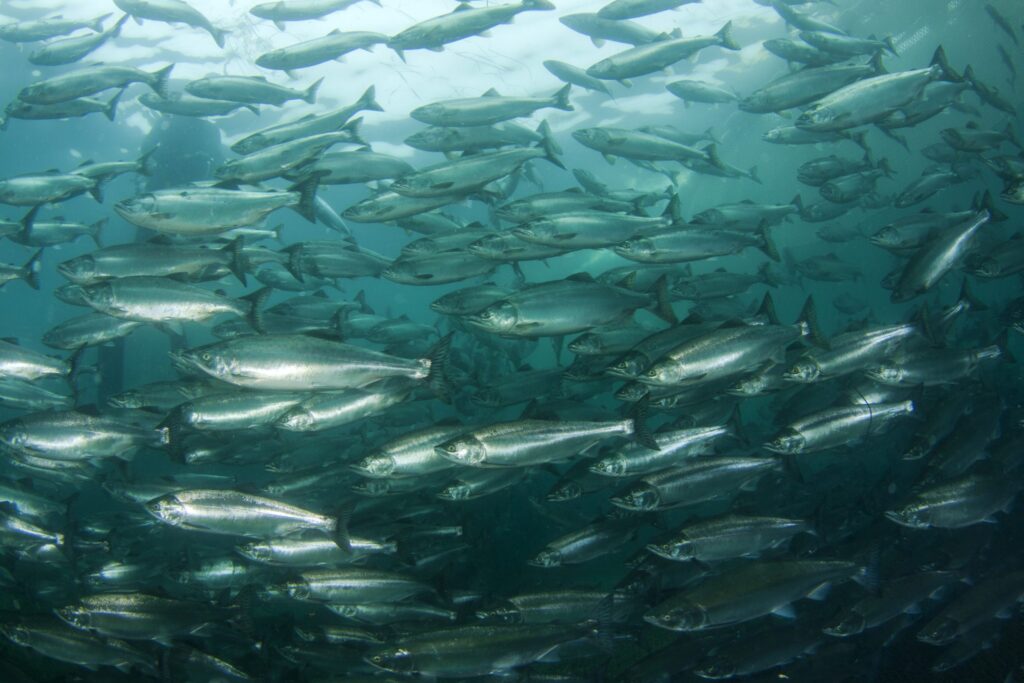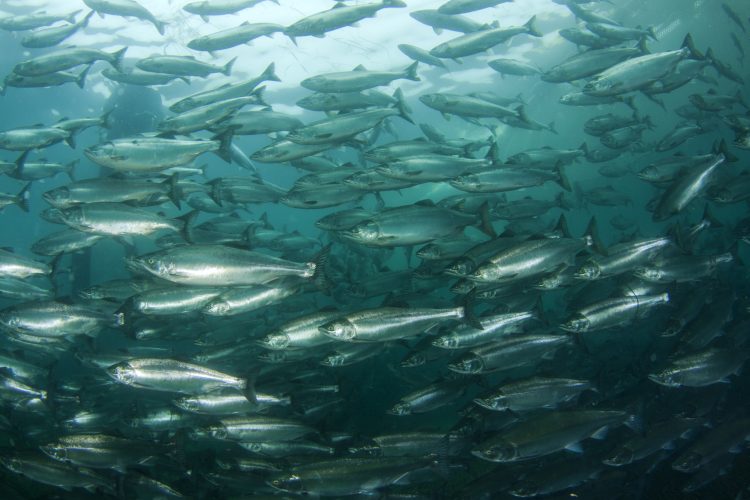US reservoirs hold 7.7 billion of pounds of fish, study finds

Researchers at the University of California, Davis, have shared that “better reservoir management” could aid food security and fisheries conservation.


According to a recent study, an estimated 7.7 billion pounds (3.5 billion kilograms) of fish are being held in US reservoirs.
The study was carried out by researchers at the University of California, Davis and was published in the journal Scientific Reports.
Researchers noted that while artificial reservoirs now represent an “immense freshwater footprint across the landscape”, reservoirs are “understudied and overlooked for their fisheries production and management potential”.
Lead author of the study, Christine Parisek, a Ph.D. candidate in the UC Davis Ecology Graduate Group and the Department of Wildlife, Fish and Conservation Biology, explained that there is currently a “large amount of fish mass in US reservoirs that are being overlooked, despite the value being comparable to fish harvest from fisheries around the world.”
To carry out the study, the authors analysed, digitised, ranked and classified reservoir data collected by the US Army Corps of Engineers between the 1970s and 1990s, a period after dam construction had tapered off from a boosted period between the 1940s and 1960s.
Data involved in the research included fish biomass and production rates from 301 reservoirs in the US.
Analysis revealed that southern US reservoirs contained 1.92 billion kilograms (4.2 billion pounds) of fish. Meanwhile, results showed that reservoirs across the entirety of the US were estimated to contain 3.43 billion kilograms (7.6 billion pounds) of fish.
Eating more fish could be the key to preventing cancer and diabetes, says new study
“Most states show reservoir stock of at least 100 million kilograms (220 million pounds). The top five states with the most standing stock, or total weight, of reservoir fish are Texas, Arkansas, Oklahoma, Florida and South Dakota,” explained the authors.
Looking at the highest ranked when it comes to the total weight being adjusted for how much reservoir surface area is available in the state, the locations that came out on top were Louisiana, Indiana, Alabama, Maryland and Illinois.
In addition, the study found that the large mass of fish in US reservoirs is “significant for the global carbon cycle as fish play important roles in carbon flux, food webs, nutrient cycling and energy transfer”.
To conclude, the study authors emphasised that their study is “not making an argument for prioritising building reservoirs over protecting and restoring natural-flowing rivers”. In fact, the study states: “Ecological effects of dams have been overwhelmingly negative and represent one of the principal drivers of freshwater biodiversity loss at all scales.”
However, the researchers note that the study does suggest unrealised opportunities to better manage both natural and built ecosystems, given the realities of reservoirs’ continued existence, climate change, and the dire challenges facing native fish.
“We should be able to walk and chew gum. We should be able to decommission and remove some dams, and manage others for food and as important habitats,” said Fish Ecologist and Senior Author Andrew Rypel, Director of the UC Davis Center for Watershed Sciences and professor in the Department of Wildlife, Fish and Conservation Biology.
“In a worst-case scenario where salmon go extinct and native fishes go away, these fisheries may be all we have left. It’s worth having some foresight about how to make them well managed and how to use these ecosystems to deliver value for the environment and for people,” Rypel concluded.
Source: newfoodmagazine.com

